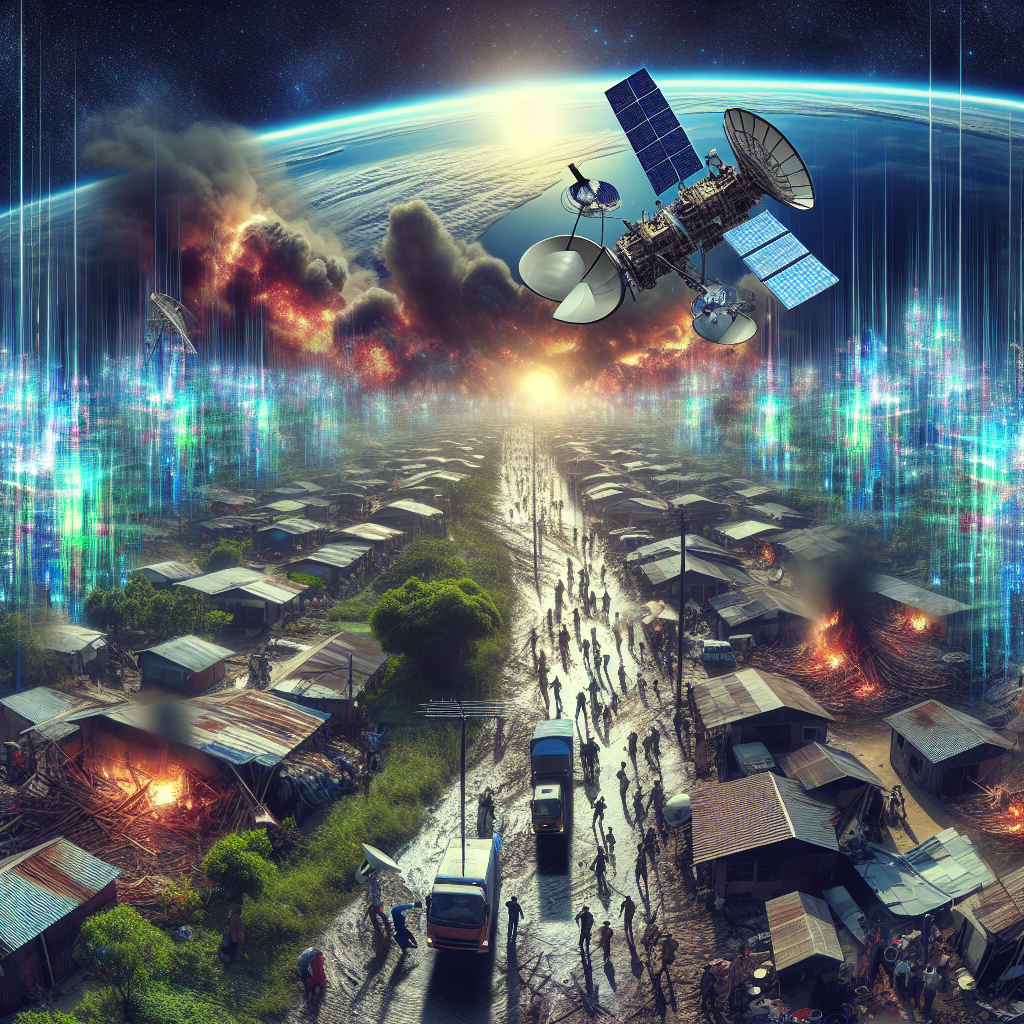Your cart is currently empty!
The Importance of Remote Monitoring in Disaster Response

In times of natural disasters, such as hurricanes, earthquakes, or wildfires, quick and efficient response is crucial to saving lives and minimizing damages. Remote monitoring technology has become an invaluable tool in disaster response efforts, allowing emergency responders to assess the situation in real-time, make informed decisions, and allocate resources effectively.
One of the key benefits of remote monitoring in disaster response is the ability to gather data from affected areas without putting personnel at risk. Drones equipped with cameras and sensors can be deployed to survey the extent of the damage, identify areas of immediate concern, and locate survivors in need of rescue. This not only speeds up the response time but also ensures the safety of rescue teams who would otherwise have to navigate treacherous terrain or unstable structures.
Remote monitoring also plays a crucial role in assessing the impact of a disaster on critical infrastructure, such as power plants, water treatment facilities, and communication networks. By monitoring the status of these systems remotely, emergency responders can prioritize repairs, restore services more quickly, and prevent further disruptions that could exacerbate the crisis.
Furthermore, remote monitoring technology can help track the movement of hazardous materials, such as chemical spills or radioactive waste, in the aftermath of a disaster. By monitoring air quality, water contamination, and soil conditions in real-time, emergency responders can take proactive measures to protect public health and the environment.
In addition to its immediate benefits in disaster response, remote monitoring technology also provides valuable data for post-event analysis and planning. By analyzing the data collected during a disaster, emergency responders can identify areas for improvement, develop more effective response strategies, and better prepare for future events.
Overall, the importance of remote monitoring in disaster response cannot be overstated. By providing real-time data, enhancing situational awareness, and improving decision-making, remote monitoring technology is a critical tool in saving lives, reducing damages, and ensuring a swift and effective response to natural disasters. As technology continues to advance, remote monitoring will undoubtedly play an even greater role in disaster response efforts, making our communities safer and more resilient in the face of adversity.

Leave a Reply